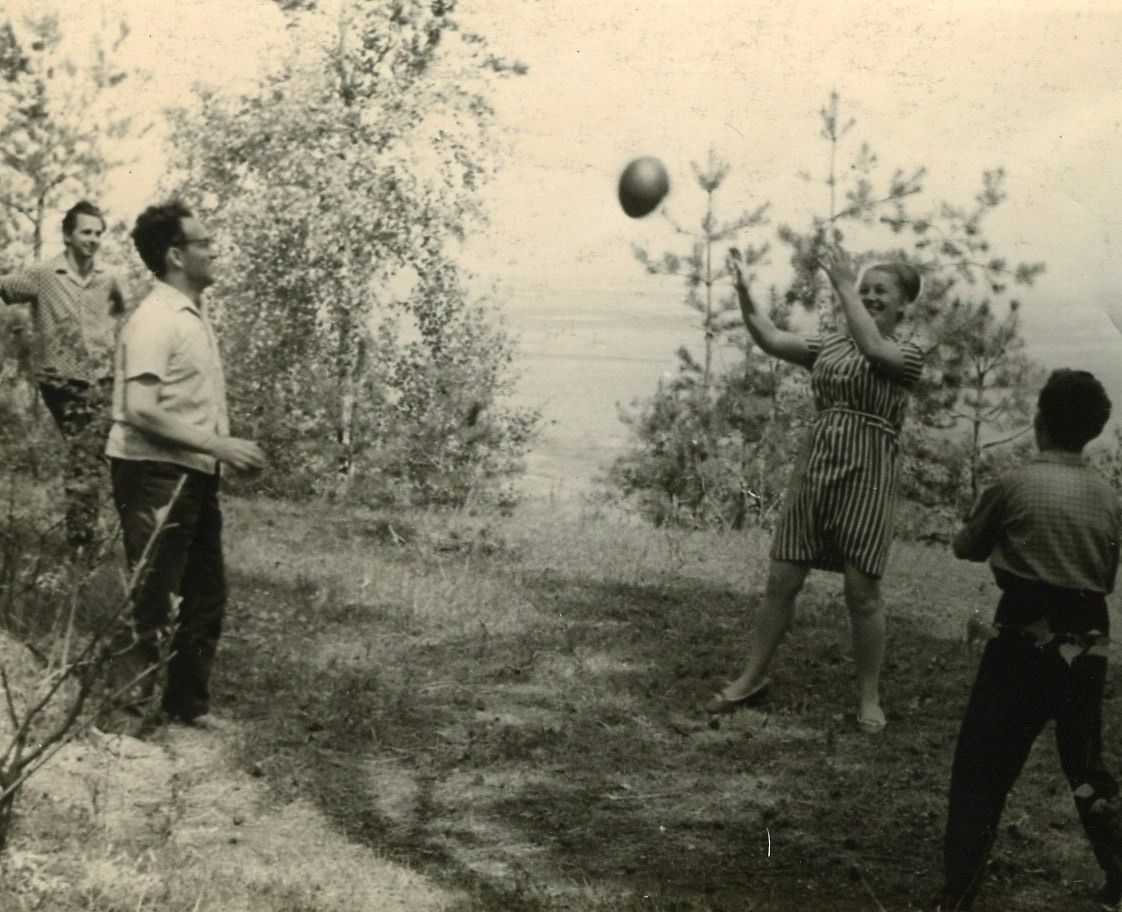Thirty-one years on, Chernobyl takes a place among humanity’s darkest passages

This year, April 26, the 31st anniversary of the Chernobyl
disaster, will mark the first year the United Nations observes the date
as an International Day of Remembrance. The commemoration is bold,
wedging the catastrophe’s place among some of humanity’s deepest scars.
Other days of remembrance observed by the UN are reserved for the
Holocaust, victims of the transatlantic slave trade, and the Rwandan
Genocide, putting the 1986 Soviet nuclear plant disaster in dark and
troubled company.
Like these other human calamities, Chernobyl still casts more shadows
than light, continues to beg confounding questions, and will press the
limits of understanding for decades to come. The tragedy was one of the
Soviet Union’s last grisly secrets, and five years after the toxic
explosion, its empire collapsed with the reactor’s rubble.
Read more...
Data: 25.04.2017
Fonte: www.bellona.org























